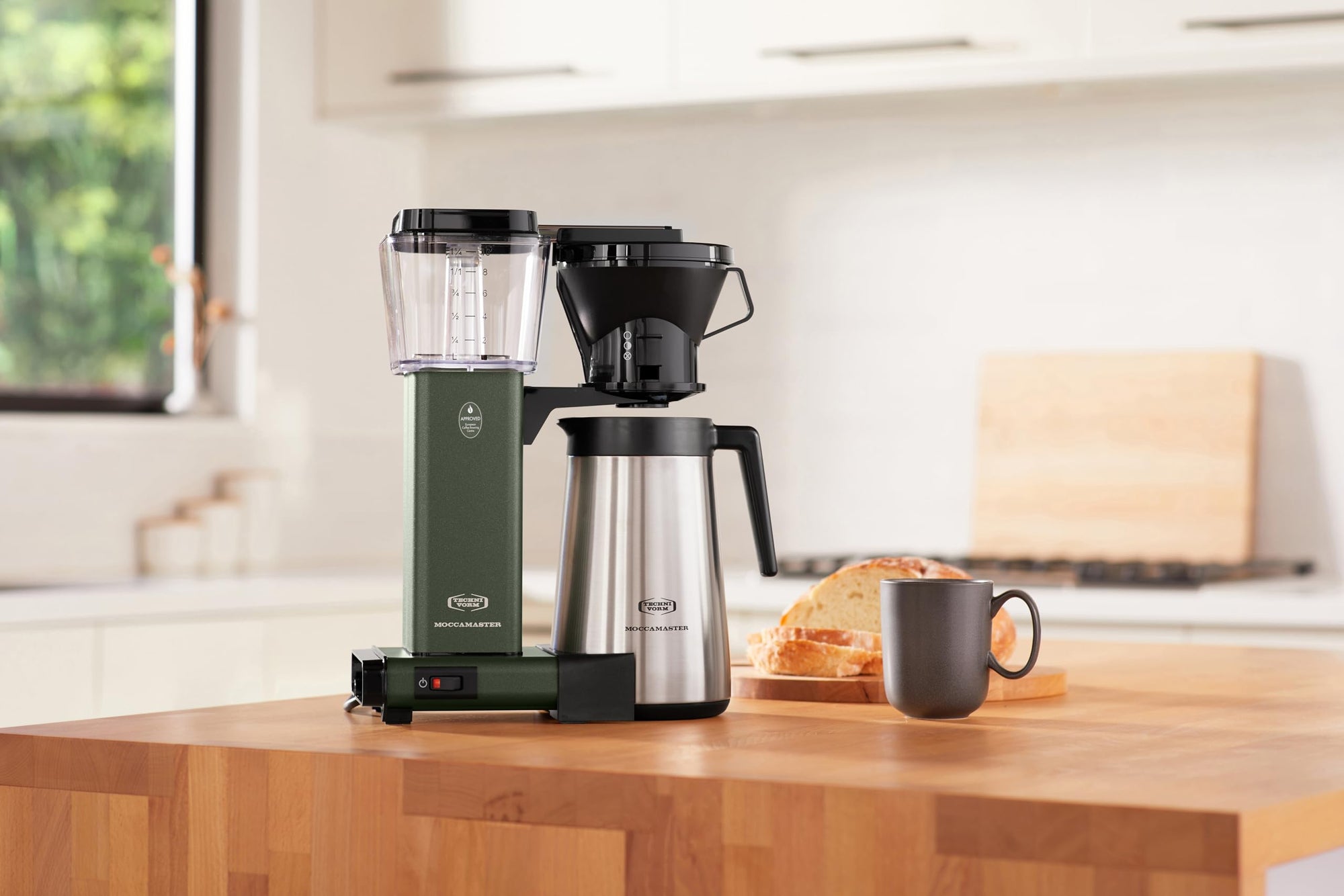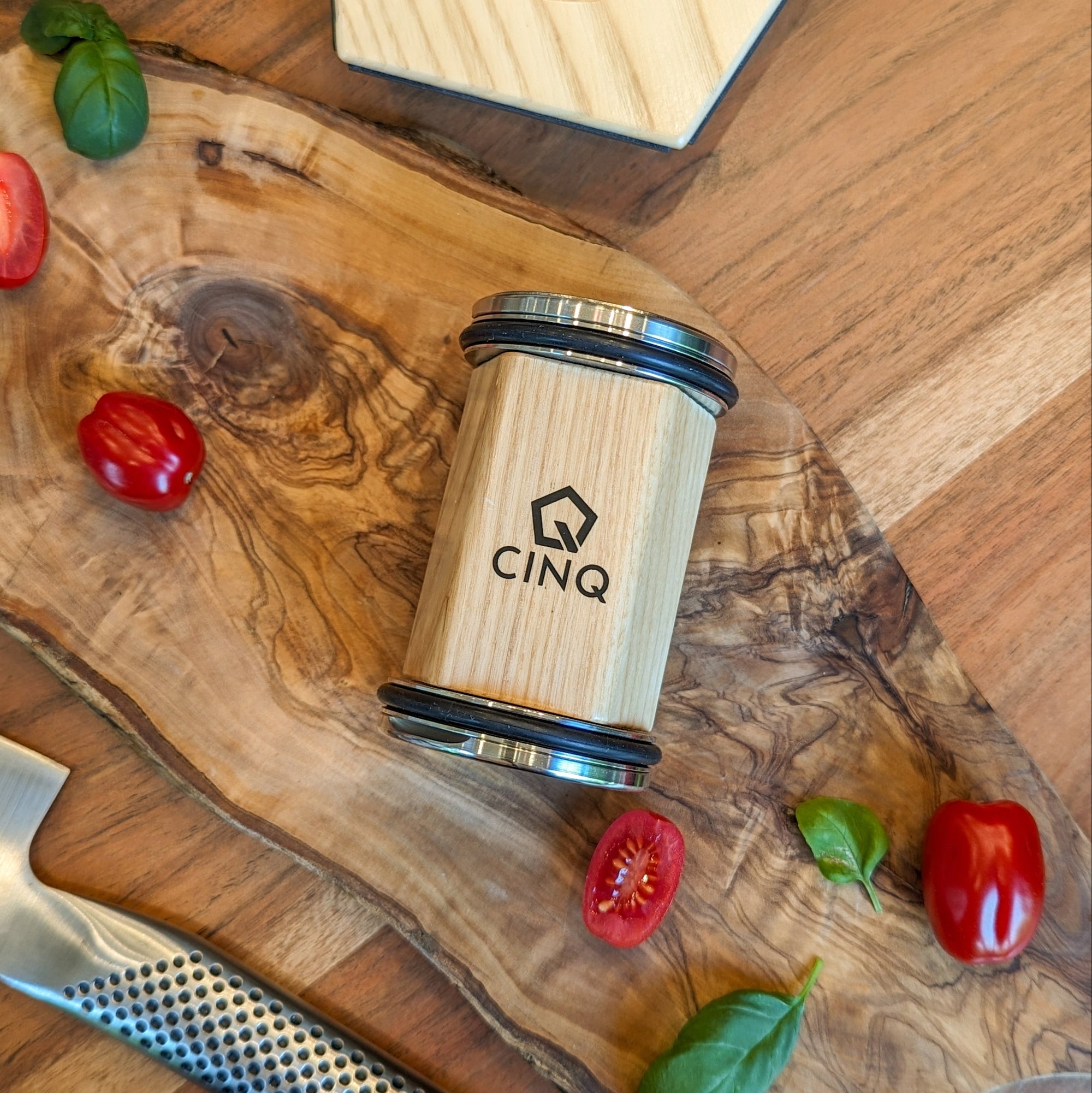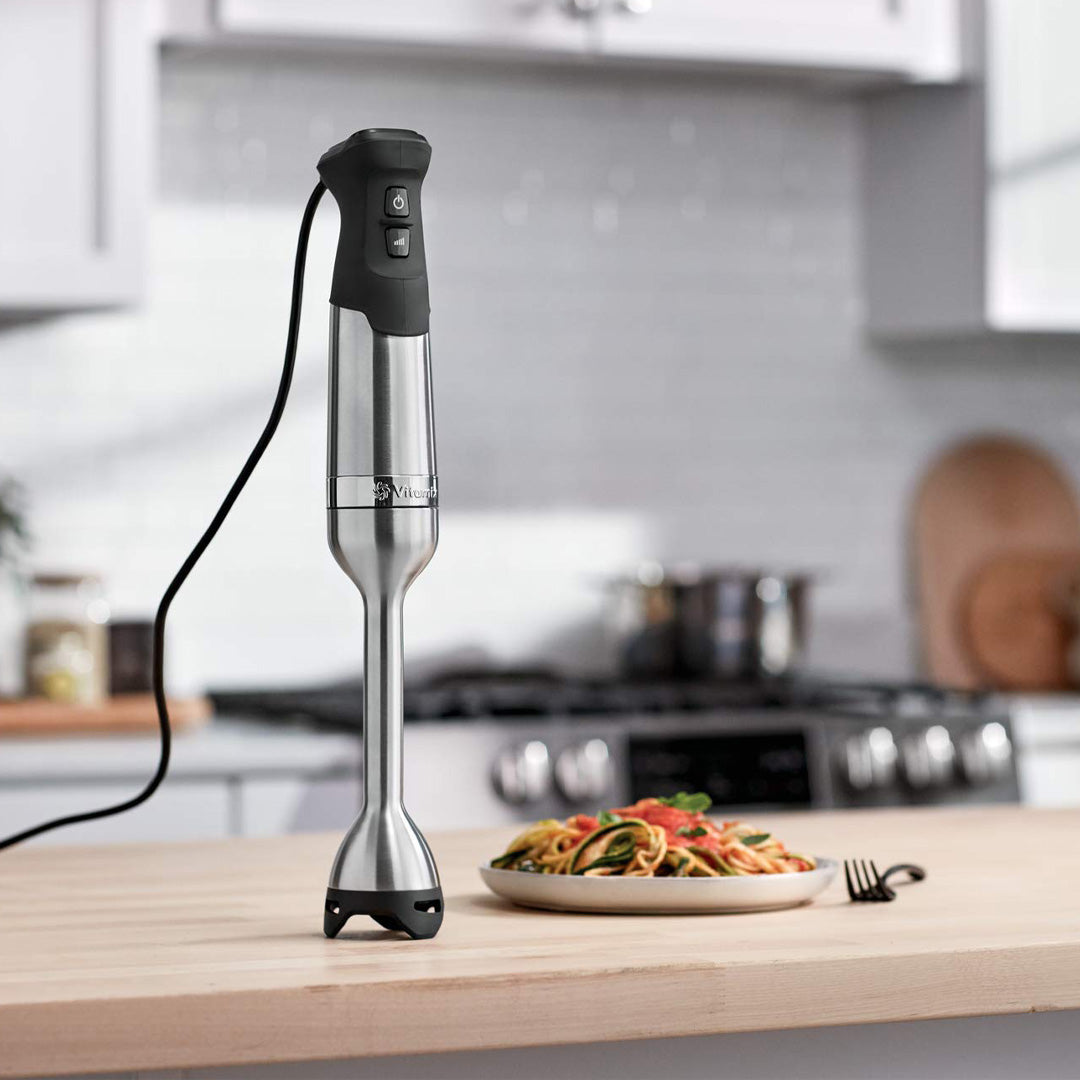There’s nothing quite like that first sip of freshly brewed coffee in the morning. But if your cup isn’t tasting as rich, smooth, or flavorful as you hoped, the culprit might be how you’re brewing it.
At-home coffee brewing is both an art and a science. The good news? A few simple tweaks can make a massive difference in your daily cup. Below are the 5 most common mistakes coffee lovers make—plus how to fix them with gear trusted by pros and enthusiasts alike.
1. Using Pre-Ground Coffee for Too Long

Why it matters:
Pre-ground coffee loses its flavor rapidly due to oxidation. After just a few days, your brew may taste flat or bitter.
The fix:
Grind fresh with a burr grinder, which ensures a consistent grind size for even extraction and better taste.
🛠️ Recommended Grinders:
-
Baratza Encore Burr Grinder – A fan-favorite for precision and durability.
-
Smeg Coffee Grinder – Retro looks meet modern performance.
-
Rancilio Rocky Doserless Grinder – Commercial-grade power for serious home brewers.
2. Brewing with Water That’s Too Hot (or Too Cold)

Why it matters:
Water that’s too hot can over-extract and create bitterness; too cold and it under-extracts, leaving a weak cup.
The fix:
Use water between 195°F and 205°F. Invest in a gooseneck kettle with temperature control for accuracy and pour control.
BONUS: You’re Ignoring Water Quality

Why it matters:
Coffee is 98% water. If your tap water is too hard, too soft, or chlorine-heavy, it will ruin even the finest beans.
The fix:
Use filtered water, or go next-level with Third Wave Water—a mineral supplement that turns distilled water into café-quality brew water.
💡 Try This:
-
Third Wave Water Mineral Supplement – Espresso Profile
Perfect for dialing in flavor clarity, balance, and sweetness in espresso and pourover alike.
3. Not Measuring Coffee and Water Accurately

Why it matters:
Eyeballing measurements leads to inconsistency. One day’s cup might be perfect, the next bitter or bland.
The fix:
Use a digital scale for precise coffee-to-water ratios. A general starting point is 1:16 (e.g., 20g coffee to 320g water).
Pro Tip: Measure everything before you brew—not after.
4. Skipping Equipment Clean-Up

Why it matters:
Old coffee oils and residue turn rancid over time and directly impact taste. This includes coffee machines, grinders, and brewing tools.
The fix:
Rinse after every brew and deep-clean weekly. Don’t forget to descale espresso machines and clean grinders regularly.
🧽 Recommended Cleaners:
-
Urnex Grindz Coffee Grinder Cleaner – Food-safe and easy to use.
-
Urnex Dezcal Descaler – Essential for espresso machines and kettles.
-
Urnex Cafiza Espresso Machine Cleaner – Trusted by baristas worldwide.
5. Using Old or Low-Quality Coffee Beans

Why it matters:
Even the best brewing equipment can’t fix stale, poorly roasted beans. Flavor peaks within 2–3 weeks of roasting.
The fix:
Buy freshly roasted, high-quality beans and store them in a sealed, opaque container in a cool, dry place.
Avoid the fridge—moisture and odor absorption can spoil flavor.
Final Sip: Brew Better, Every Day
With a few thoughtful upgrades—from the grinder you use to the minerals in your water—your daily coffee ritual can go from “meh” to mind-blowing. Start by correcting these common mistakes and build the perfect brew from the ground up.


